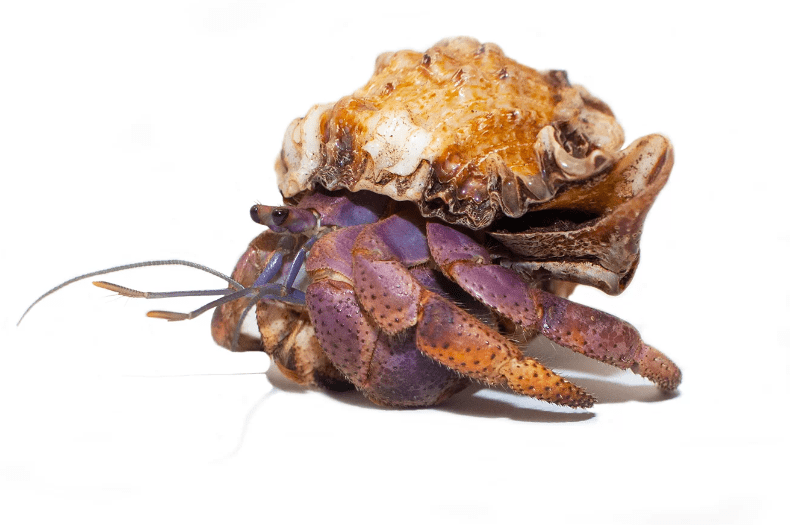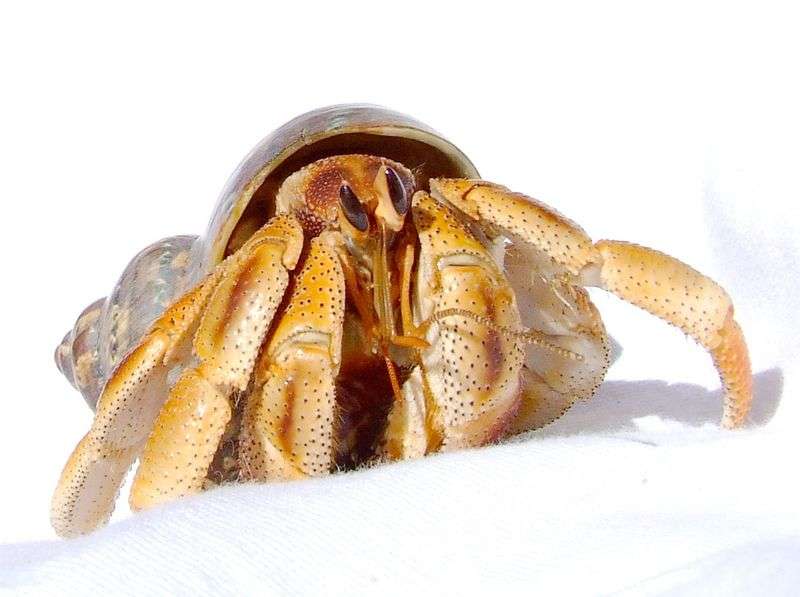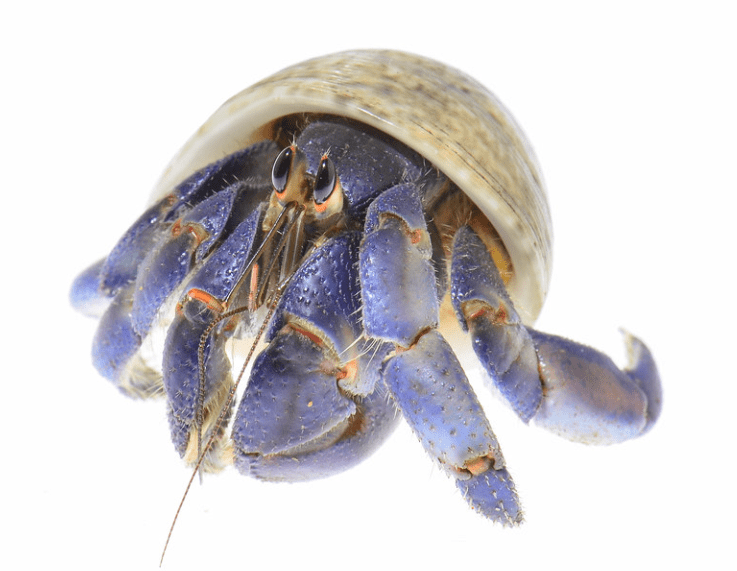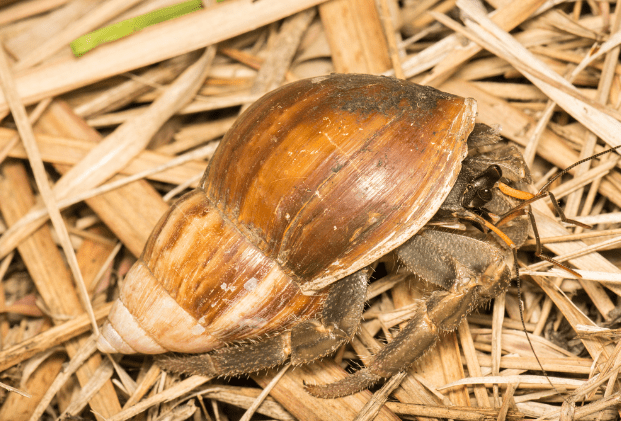
Description
Adults can be found further inland, hiding and burrowing beneath the roots of big trees. They breathe air with modified gills, just like other terrestrial crabs do. Their outer coverings aid in preserving the humidity required for proper gas exchange. Usually, the left claw of a Caribbean hermit crab is purple in colour and larger in size than the right claw. Fertilized eggs are released into the ocean by female land hermit crabs. The spawning takes place on specific evenings, typically around August, and is known as “washing” in the English-speaking Caribbean. Chelipedes, or the first set of legs with claws, are seen on Caribbean hermit crabs.
The claw on the left is larger because it serves as a weapon against other crabs and a shield inside the shell, whilst the claw on the right serves as a feeding claw. The four additional pairs of legs, known as periopods, that the Caribbean hermit crab has enable it to move about inside its mollusk shell habitat. The Caribbean hermit crab requires a mollusk shell to protect its belly because its abdomen is neither hard nor covered. The Caribbean hermit crab often has a greyish coloration before molting; after molting, it turns reddish with purple claws.
Distribution
The Caribbean hermit crab is native to the Caribbean Sea, where the climate is hot, but it may now be found on the coasts of Florida, Venezuela, the West Indies, and Bermuda, although there aren’t many Caribbean hermit crabs there since there aren’t many shell vacancies on the island.
Behavior
Hermit crabs are terrestrial creatures that are more active at night. They maintain a little supply of water in the shell to keep the gills moist, which allows them to travel miles away from coastal locations.

Keeping as Pet
Housing Requirements:
These fascinating crustaceans are almost entirely terrestrial and can be found along the Caribbean coast, in sections of Florida, and in portions of South America. Enjoying medium/high humidity and moderate temps.
Vivarium Size:
A 24x15x15″ glass tank is the minimum size enclosure for a pair (we advise pairings as living alone can stress the creatures).
Substrate:
For these crabs, a substrate made of sand and soil will work best because it most nearly resembles what they would encounter in the wild. Additionally, this will make it possible to excavate and retain water effectively. For enrichment, add branches, rocks for climbing, bark, and other decorations for digging.
Food and Water:
As scavengers who are omnivores, Caribbean hermit crabs will consume anything organic that they can digest. All vitamin and mineral requirements will be satisfied by a diet consisting primarily of hermit crab pellets, but you can supplement this with fish and meat, pre-killed insects, plants, vegetables, fruits, and even bone and shell. Water should always be accessible, preferably in shallow bowls that the crabs can get out of with ease. Two bowls of water, one with salt water and the other with fresh, dechlorinated water, should be available. To guarantee the health of the hermit crabs, humidity should be kept between 70 and 80 percent.
Table





